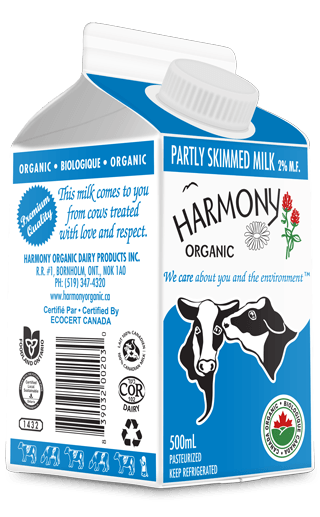The Importance of Choosing the Right Carton Size for Milk Packaging
In the realm of food packaging, the carton of milk has become a ubiquitous presence in grocery stores worldwide. The choice of carton size, often measured in milliliters (ml), plays a crucial role in both marketing and functionality. This article delves into the significance of selecting the appropriate carton size for milk packaging, considering various aspects such as consumer preferences, environmental impact, and economic considerations.
1. Consumer Preferences and Portion Control

Consumer Preferences and Portion Control
One of the primary factors to consider when determining the carton size for milk is consumer preferences. Different households have varying milk consumption needs, making carton size diversity essential. Smaller carton sizes, such as 250ml and 500ml, cater to individuals or small families who require controlled portions. On the other hand, larger carton sizes, such as 1 liter or more, are favored by larger households seeking more extended use
| Carton Size (ml) | Target Audience |
| 250ml | Individuals, Couples |
| 500ml | Small Families |
| 1 liter | Medium Families |
| 2 liters | Large Families |
2. Environmental Impact and Sustainability

Environmental Impact and Sustainability
The environmental impact of packaging has become a central concern in recent years. Smaller carton sizes generally use fewer materials, reducing waste generation. Moreover, the choice of carton size can impact transportation efficiency, affecting fuel consumption and emissions. Companies that prioritize sustainability might opt for a range of carton sizes to cater to various consumer needs while minimizing their ecological footprint.
3. Economic Considerations
From an economic perspective, choosing the right carton size can influence both production costs and consumer pricing. Smaller carton sizes might have higher production costs per unit due to increased packaging complexity. However, they can appeal to price-conscious consumers who don't want to commit to larger quantities. Larger carton sizes often offer a better value for money, encouraging bulk purchases.
4. Shelf Space and Marketing Strategies
In the competitive realm of retail, shelf space is a precious commodity. Retailers must balance the availability of different carton sizes to cater to diverse customers while optimizing the use of shelf space. Manufacturers often collaborate with retailers to develop strategic marketing approaches, such as offering multipack deals that combine various carton sizes to entice different customer segments.
5. Consideration for Different Uses
The versatility of milk as an ingredient in various recipes adds another layer of complexity to the choice of carton size. Cooking and baking enthusiasts might prefer smaller carton sizes to prevent wastage. Conversely, households with higher milk consumption for beverages might opt for larger carton sizes to ensure a consistent supply.
6. Cultural and Regional Variations
Cultural and regional factors also influence the preferred carton size for milk. In some cultures, milk might be consumed more frequently and in larger quantities, leading to a preference for larger carton sizes. On the contrary, regions with limited refrigerator space might lean towards smaller carton sizes for convenience.
In conclusion, the selection of the right carton size for milk packaging involves a delicate balancing act between consumer preferences, environmental considerations, economic factors, and cultural influences. Manufacturers and retailers must carefully assess these variables to cater to a diverse range of customers while ensuring minimal waste and environmental impact. By understanding the intricate interplay of these factors, the dairy industry can optimize its packaging strategies and better meet the needs of consumers worldwide.